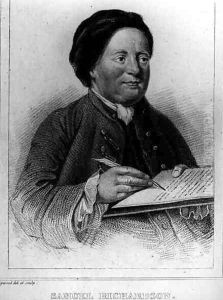James, the Elder Hopwood Paintings
James Hopwood the Elder, born in 1752, was a renowned British engraver whose work significantly contributed to the art of printmaking in the late 18th and early 19th centuries. Not much is known about his early life and training, but he emerged as a prominent figure in the London art scene, where he established himself as a master of both line and stipple engraving. His skills were employed in a wide range of subjects, including portraits, landscapes, and illustrations for books and periodicals, which were highly regarded for their detail and accuracy.
Hopwood's career was marked by his adeptness at capturing the likeness and character of his subjects, which made his work sought after by publishers and the public alike. He contributed to the illustration of several significant publications of the time, thereby playing a key role in the dissemination of visual culture and knowledge. Among his notable works were engravings for books such as 'The Beauties of England and Wales' and 'The Microcosm of London', which offered viewers detailed and picturesque views of the country’s landscapes and urban life.
Despite his success, there is a paucity of detailed records about his personal life, which remains somewhat obscure. James Hopwood the Elder was part of a dynasty of engravers, with his sons James Hopwood the Younger, William Hopwood, and Richard Hopwood, all following in his footsteps and becoming accomplished engravers themselves. This familial continuation of the craft helped to cement the Hopwood name in the annals of British art history.
Hopwood's legacy is not merely in the beauty and precision of his engravings but also in his influence on the generations of engravers that followed. Through his work, he contributed to the evolution of printmaking techniques and helped to elevate the status of engraving as a respected and valued art form. James Hopwood the Elder died in 1819, leaving behind a body of work that continues to be appreciated by art historians and collectors for its craftsmanship and historical value.

